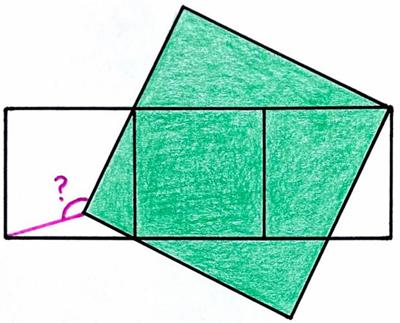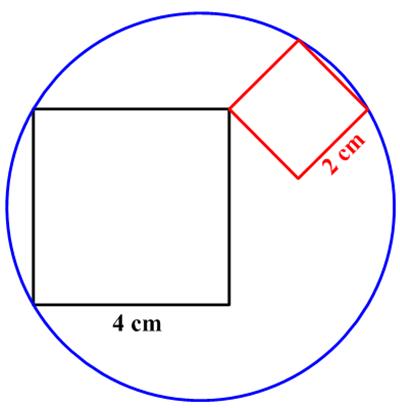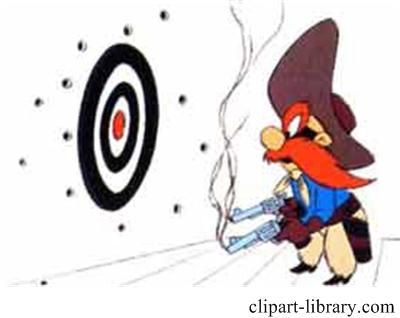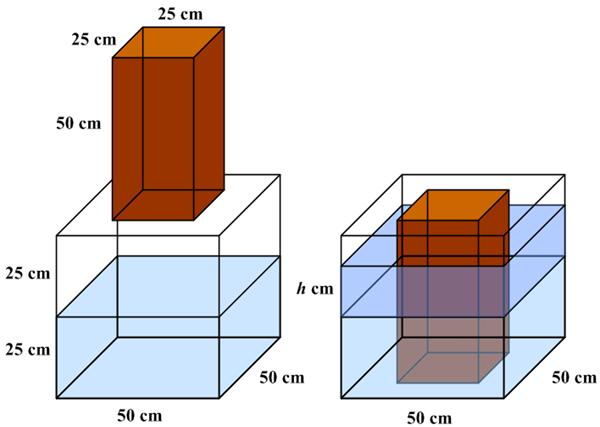 This is a puzzle from the A+Click site.
This is a puzzle from the A+Click site.
“There is a fault with the cruise control on Hank’s car such that the speed continuously and linearly increases with time. When he starts off the speed is set to exactly 60 mph. He is driving on a long straight route with the radio on at full blast and he is not paying any attention to his speed. After 3 hours he notices that his speed has now reached 80 mph. For how many miles did he drive above the state speed limit of 70 mph?
Answer Choices: 125 miles 112.5 miles 105 miles 99.5 miles”
See Unlawful Distance for solutions.

 This is another nice problem from the 2025 Math Calendar.
This is another nice problem from the 2025 Math Calendar. This is another Catriona Agg
This is another Catriona Agg  This is another take on the passing train type puzzle from the Moscow Puzzles.
This is another take on the passing train type puzzle from the Moscow Puzzles. This is a lovely
This is a lovely  This
This  Here is a probability
Here is a probability  This is another
This is another  I thought this puzzle, which was included among a set of seven
I thought this puzzle, which was included among a set of seven  Continuing the logic thread, this is a nice logic
Continuing the logic thread, this is a nice logic